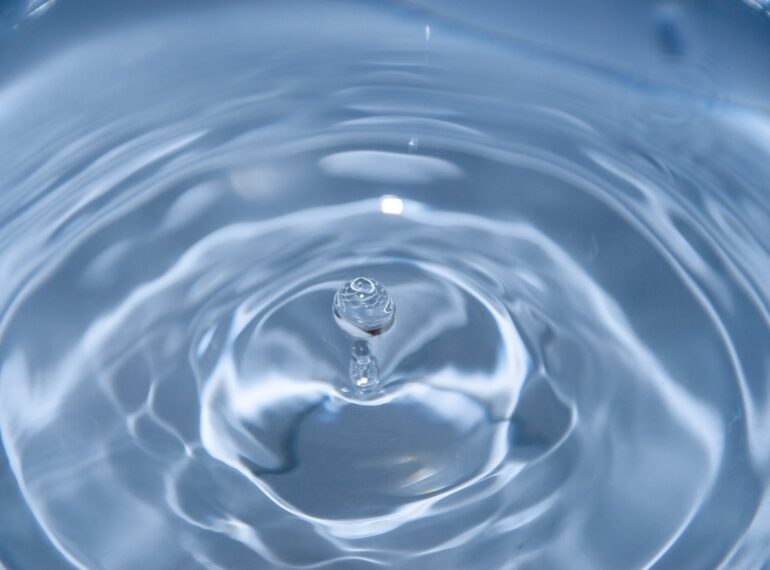
The Clean Water Act regulates pollutant discharges into Waters of the United States (WOTUS), and affects some agricultural operations, such as large concentrated animal feeding operations (CAFOs) and, in some circumstances, farms that dredge or fill wetlands.
Background: The predecessor statute to the Clean Water Act (CWA) dates to 1948, but the law in its current form represents a complete re-write in light of growing environmental concerns. The current law, written in 1972 and amended several times since, was a major expansion of the federal role in regulating water pollution, which had previously been seen as a state or local issue. The CWA seeks to move the nation to clean, abundant water supplies, and its provisions support protection of fish and other organisms in U.S. waters. Among the requirements of the CWA was that municipal and industrial wastewater be treated before being discharged into the nation’s waterways.
Operation: The CWA affects agriculture in several different ways. Conversion of wetlands to agricultural or other uses is regulated under Section 404 of the Act, which requires a permit under some circumstances when anyone discharges dredged or fill material into waters of the United States. Many normal farming, ranching and forestry activities are exempt from this requirement, but developments that affect the circulation, flow, or reach of existing waters may subject producers to a permitting process. In many cases, key concepts in the Department of Agriculture’s “swampbuster” regulations (governing the conversion of wetlands) have been adopted for Section 404 permitting purposes, providing a measure of consistency in administering the two separate programs.
Although many agricultural operations are considered non-point sources of pollution and are not directly regulated by the CWA, the law’s prohibition against discharging pollutants into U.S. waters potentially applies to large, concentrated animal feeding operations (CAFOs), defined in terms of the number of animals for various livestock species. Regulations lay out requirements for obtaining permits, filing reports, and developing plans to handle manure from these operations.
The regulations apply to CAFOs that actually discharge pollutants. As a practical matter, CAFOs develop and apply nutrient management plans whether or not they are actually required to obtain a permit under the CWA. Most of these operations’ re-cycle manure as fertilizer, either on their own farmland or through arrangements with neighboring farmers. This re-use of nutrients means that chemical fertilizer use is reduced or eliminated on the farms where the manure is applied. Some dairy farms have begun installing methane digesters that transform manure into electricity that powers the farming operation and may also be sold onto the electric grid.
In 2020, the 2015 Clean Water Rule which brought wetlands, ponds, ditches and tributaries of rivers within the CWA was rescinded, restoring the definition and enforcement of WOTUS as it existed prior to 2015.
Administration and Enforcement: The Environmental Protection Agency (EPA), an independent federal agency, is the primary administrator of the CWA, but Section 404 permits are issued by the U.S. Army Corps of Engineers. Under EPA’s operating system, state-level environmental agencies also play an important part in administering and enforcing the law.
Statutory Authority: 33 U.S.C. 1251-1387.


